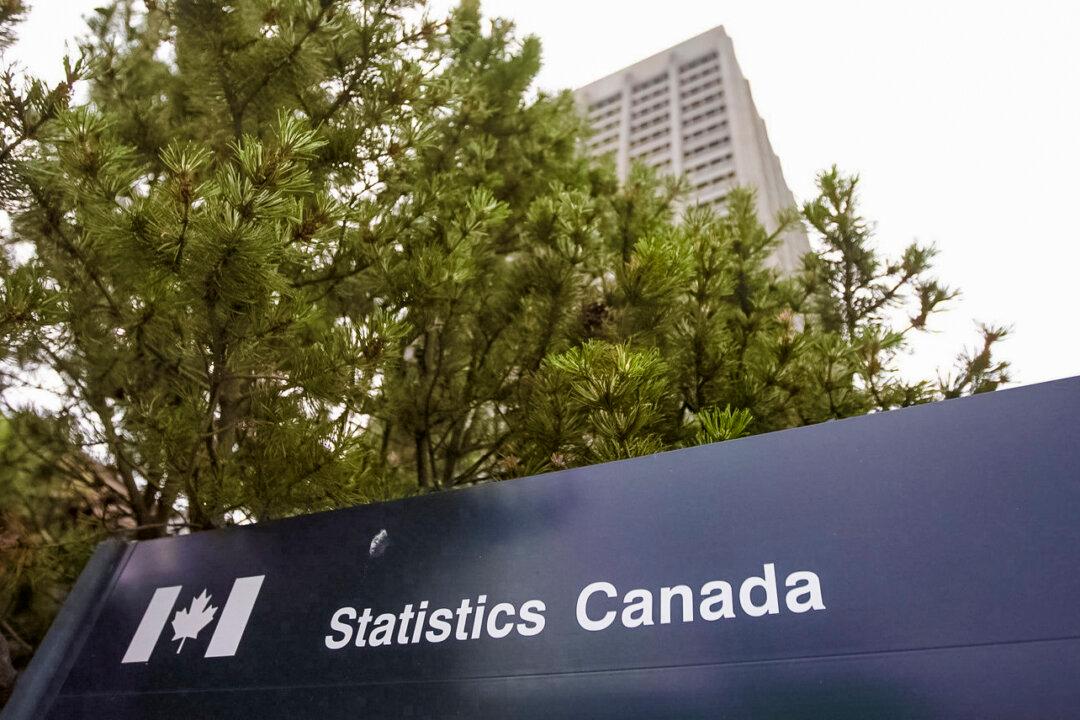The annual inflation rate slowed sharply in September, dropping below the Bank of Canada’s 2 percent target, thanks to motorists paying less at the pump than they did last year, Statistics Canada says.
The annual inflation rate decreased to 1.6 percent last month from 2 percent in August, largely due to an ongoing decrease in gasoline prices, the agency said in its monthly consumer price index (CPI) report.





